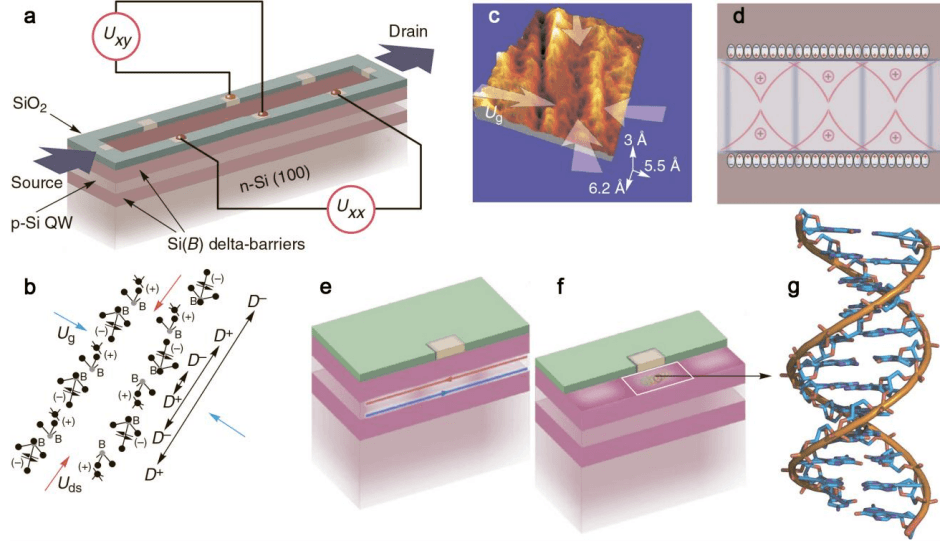Micro DNA Detection Using Terahertz Radiation

Russian scientists are reporting on a new label-free way to identify hard to read short strands of DNA by analyzing vibrations using tetrahertz radiation.
While advances in nanopore technology have improved the speed and accuracy of entire DNA sequencing, biologists still face problems in characterizing short oligonucleotide strands. Researchers at St. Petersburg Academic University are reporting on an innovative technique of identifying short DNA reads using tertrahertz radiation instead of the conventional and time-costing method using fluorescent dyes & markers.
Method
Using the property of molecular resonation, researchers used tetrahertz frequency radiation to resonate the oligonucleotide bases at the self-resonant modes. Their idea is to capture a single oligonucleotide in a cavity filled with terahertz waves that is similar to this resonant behavior. The cavity is called a silicon nanosandwich made of p-type silicon with boron doped barriers. A single oligonucleotide molecule enters and gets exposed to tetrahertz radiation as close to resonant frequency as possible. When the output radiation matches the input radiation, it helps researchers identify the oligonucleotide sequence.
The researchers have successfully tested the new technique on oligonucleotides of 50 and 100 base lengths and have successfully characterized their unique resonances. The next challenge faced by researchers is creating an extensive library of all possible base combinations. Furthermore, the researchers believe that this technique can be applied to improve existing modern genetics technologies. The pre-publication research paper can be found on arXiv here.

